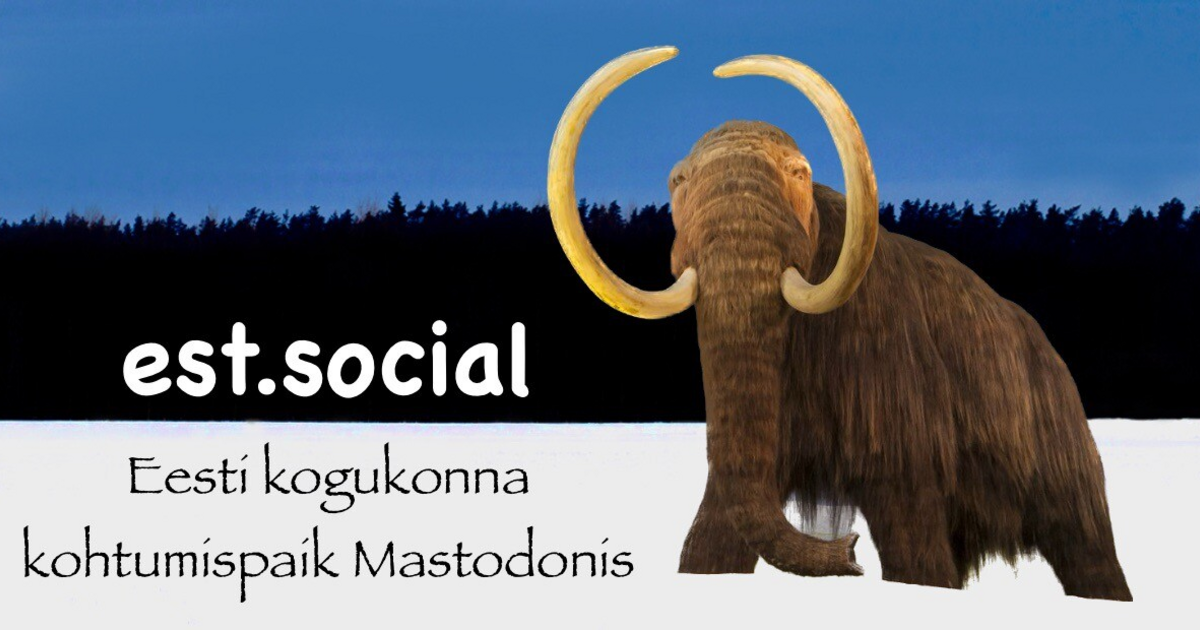Early Modern Diplomacy<p><span class="h-card" translate="no"><a href="https://a.gup.pe/u/histodons" class="u-url mention" rel="nofollow noopener noreferrer" target="_blank">@<span>histodons</span></a></span> <span class="h-card" translate="no"><a href="https://a.gup.pe/u/historikerinnen" class="u-url mention" rel="nofollow noopener noreferrer" target="_blank">@<span>historikerinnen</span></a></span> <span class="h-card" translate="no"><a href="https://a.gup.pe/u/earlymodern" class="u-url mention" rel="nofollow noopener noreferrer" target="_blank">@<span>earlymodern</span></a></span> </p><p>The TravArt project did not only focus on gift-giving between <a href="https://hcommons.social/tags/emdiplomats" class="mention hashtag" rel="nofollow noopener noreferrer" target="_blank">#<span>emdiplomats</span></a>, but took a much wider approach discussing different processes of exchange between the different lines of the Habsburg dynasty. What objects were asked for and sent, e.g. from Madrid to Vienna? How did they define taste in the discussions of these objects? <br>To give you an example: Christopher Laferl from Salzburg University asked what kinds of gifts were exchanged between the brothers Emperor Charles V, the later Ferdinand I and their sister Mary of Hungary? Their letters are full of references to special foods, furs, jewelry, paintings or horses, that obtained for each other. (4/)</p><p><a href="https://hcommons.social/tags/MaterialCulture" class="mention hashtag" rel="nofollow noopener noreferrer" target="_blank">#<span>MaterialCulture</span></a> <a href="https://hcommons.social/tags/HabsburgMonarchy" class="mention hashtag" rel="nofollow noopener noreferrer" target="_blank">#<span>HabsburgMonarchy</span></a> <a href="https://hcommons.social/tags/HabsburgStudies" class="mention hashtag" rel="nofollow noopener noreferrer" target="_blank">#<span>HabsburgStudies</span></a> <a href="https://hcommons.social/tags/HabsburgArt" class="mention hashtag" rel="nofollow noopener noreferrer" target="_blank">#<span>HabsburgArt</span></a></p>
Viimatised otsingud
Pole viimatisi otsinguid
Otsimisvalikud
Saadaval vaid kui sisse logitud.
est.social on üks paljudest sõltumatutest Mastodoni serveritest, mida saab fediversumis osalemiseks kasutada.

est.social on mõeldud Eestis üldkasutatavaks Mastodoni serveriks.
est.social is meant to be a general use Mastodon server for Estonia.
Administraator:
Serveri statistika:
83aktiivsed kasutajad
est.social: Teave · Profiilikataloog · Isikuandmete kaitse
Mastodon: Teave · Tõmba äpp · Kiirklahvid · Lähtekood · v4.3.6+est
#MaterialCulture
2 postitusega · 2 osalejaga · 0 postitust täna
Early Modern Diplomacy<p><span class="h-card" translate="no"><a href="https://a.gup.pe/u/histodons" class="u-url mention" rel="nofollow noopener noreferrer" target="_blank">@<span>histodons</span></a></span> <span class="h-card" translate="no"><a href="https://a.gup.pe/u/historikerinnen" class="u-url mention" rel="nofollow noopener noreferrer" target="_blank">@<span>historikerinnen</span></a></span> <span class="h-card" translate="no"><a href="https://a.gup.pe/u/earlymodern" class="u-url mention" rel="nofollow noopener noreferrer" target="_blank">@<span>earlymodern</span></a></span> </p><p>Secondly, luxury good and food played an important part as gifts in <a href="https://hcommons.social/tags/emdiplomacy" class="mention hashtag" rel="nofollow noopener noreferrer" target="_blank">#<span>emdiplomacy</span></a>. Gift-giving was an essential part of symbolic communication that helped establish and maintain relationships, but also express status and hierarchies. Giving and receiving gifts was expected, although there could be a fine line between gift-giving and supposed bribery. <br>If you want to know more about it, we can recommend the <a href="https://hcommons.social/tags/handbook" class="mention hashtag" rel="nofollow noopener noreferrer" target="_blank">#<span>handbook</span></a> article by Mark Häberlein (for its introduction on this channel you have to be patient a bit longer).</p><p><a href="https://doi.org/10.1515/9783110672008-035" rel="nofollow noopener noreferrer" translate="no" target="_blank"><span class="invisible">https://</span><span class="ellipsis">doi.org/10.1515/9783110672008-</span><span class="invisible">035</span></a></p><p>(3/)</p><p><a href="https://hcommons.social/tags/MaterialCulture" class="mention hashtag" rel="nofollow noopener noreferrer" target="_blank">#<span>MaterialCulture</span></a> <a href="https://hcommons.social/tags/giftGiving" class="mention hashtag" rel="nofollow noopener noreferrer" target="_blank">#<span>giftGiving</span></a></p>
Early Modern Diplomacy<p><span class="h-card" translate="no"><a href="https://a.gup.pe/u/histodons" class="u-url mention" rel="nofollow noopener noreferrer" target="_blank">@<span>histodons</span></a></span> <span class="h-card" translate="no"><a href="https://a.gup.pe/u/historikerinnen" class="u-url mention" rel="nofollow noopener noreferrer" target="_blank">@<span>historikerinnen</span></a></span> <span class="h-card" translate="no"><a href="https://a.gup.pe/u/earlymodern" class="u-url mention" rel="nofollow noopener noreferrer" target="_blank">@<span>earlymodern</span></a></span> </p><p>Of course <a href="https://hcommons.social/tags/emdiplomats" class="mention hashtag" rel="nofollow noopener noreferrer" target="_blank">#<span>emdiplomats</span></a> and <a href="https://hcommons.social/tags/emdiplomacysSources" class="mention hashtag" rel="nofollow noopener noreferrer" target="_blank">#<span>emdiplomacysSources</span></a> played an important part in these discussions. Firstly, they often acted as cultural brokers, as they collected and obtained special objects, delicacies and other luxury goods for their rulers. For our <a href="https://hcommons.social/tags/handbook" class="mention hashtag" rel="nofollow noopener noreferrer" target="_blank">#<span>handbook</span></a> Elisabeth Natour talked about the relationship between art and diplomacy and the role of <a href="https://hcommons.social/tags/emdiplomats" class="mention hashtag" rel="nofollow noopener noreferrer" target="_blank">#<span>emdiplomats</span></a> as cultural brokers. (2/)</p><p><a href="https://hcommons.social/@emdiplomacy/111997262704877738" rel="nofollow noopener noreferrer" translate="no" target="_blank"><span class="invisible">https://</span><span class="ellipsis">hcommons.social/@emdiplomacy/1</span><span class="invisible">11997262704877738</span></a></p><p><a href="https://hcommons.social/tags/MaterialCulture" class="mention hashtag" rel="nofollow noopener noreferrer" target="_blank">#<span>MaterialCulture</span></a> <a href="https://hcommons.social/tags/art" class="mention hashtag" rel="nofollow noopener noreferrer" target="_blank">#<span>art</span></a> <a href="https://hcommons.social/tags/emdiplomacy" class="mention hashtag" rel="nofollow noopener noreferrer" target="_blank">#<span>emdiplomacy</span></a> <a href="https://hcommons.social/tags/EarlyModern" class="mention hashtag" rel="nofollow noopener noreferrer" target="_blank">#<span>EarlyModern</span></a></p>
Early Modern Diplomacy<p>This week is conference week for our editor <span class="h-card" translate="no"><a href="https://historians.social/@LenaOetzel" class="u-url mention" rel="nofollow noopener noreferrer" target="_blank">@<span>LenaOetzel</span></a></span> . She has the pleasure of discussing “Transfer, Taste & Consumation. France and the Habsburg Empire in the early modern period” <span class="h-card" translate="no"><a href="https://wisskomm.social/@dhiparis" class="u-url mention" rel="nofollow noopener noreferrer" target="_blank">@<span>dhiparis</span></a></span> . This is the last part of a series of workshops in the project “TravArt. Travelling Artifacts, Taste and Consumption” that looked at the processes of exchange between the different lines of the house of Habsburg. (1/)</p><p><a href="https://www.dhi-paris.fr/veranstaltungsdetails/seminare/SeminarTime/detail/tagung-transfer-geschmack-konsum4295.html" rel="nofollow noopener noreferrer" translate="no" target="_blank"><span class="invisible">https://www.</span><span class="ellipsis">dhi-paris.fr/veranstaltungsdet</span><span class="invisible">ails/seminare/SeminarTime/detail/tagung-transfer-geschmack-konsum4295.html</span></a></p><p><span class="h-card" translate="no"><a href="https://a.gup.pe/u/histodons" class="u-url mention" rel="nofollow noopener noreferrer" target="_blank">@<span>histodons</span></a></span> <span class="h-card" translate="no"><a href="https://a.gup.pe/u/historikerinnen" class="u-url mention" rel="nofollow noopener noreferrer" target="_blank">@<span>historikerinnen</span></a></span> <span class="h-card" translate="no"><a href="https://a.gup.pe/u/earlymodern" class="u-url mention" rel="nofollow noopener noreferrer" target="_blank">@<span>earlymodern</span></a></span> <br><a href="https://hcommons.social/tags/emdiplomacy" class="mention hashtag" rel="nofollow noopener noreferrer" target="_blank">#<span>emdiplomacy</span></a> <a href="https://hcommons.social/tags/EarlyModernEurope" class="mention hashtag" rel="nofollow noopener noreferrer" target="_blank">#<span>EarlyModernEurope</span></a> <a href="https://hcommons.social/tags/MaterialCulture" class="mention hashtag" rel="nofollow noopener noreferrer" target="_blank">#<span>MaterialCulture</span></a></p>
AvastaLaiv lõimed
Mastodon on parim viis olemaks kursis sellega, mis toimub.
Jälgi ükskõik keda kogu fediversumist ja näe kõike ajalises järjestuses. Ei mingeid algoritme, reklaame või klikipüüdjaid segamas.
Loo kontoLogi sisseLohista & aseta üleslaadimiseks
